4 Ways to Increase User Retention
Published on August 05, 2021/Last edited on August 05, 2021/5 min read
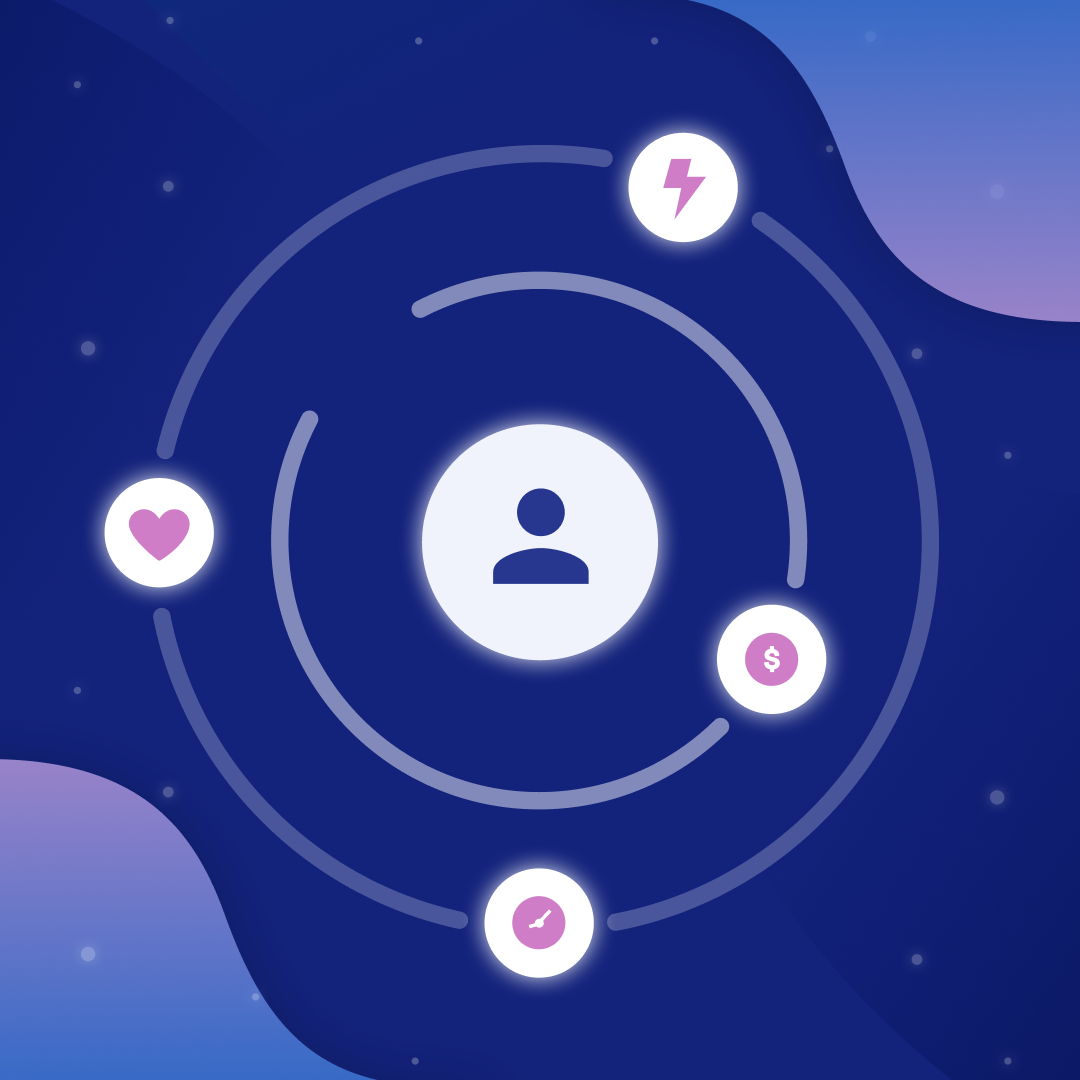

Erin Bankaitis
Director of Industry Marketing, Financial Services Lead, BrazeIncreasing retention is a common goal amongst industry leaders—and it’s getting increasingly harder to achieve in a hyper competitive, digital world. The biggest challenge we see however isn’t the competition but rather fully understanding and committing to the biggest drivers that influence customer retention rates. To successfully increase retention, brands need to commit to a long-term approach by optimizing for the following inputs:
Retention (output) = Activation + Engagement + Resurrection
A good business model achieves breadth through customer retention, meaning that users continue to come back to the platform within a specified period of time. Great business models go even a step further than this by measuring how active each user is in their engagement with the product, or in other words, the depth of their usage. Engagement is a core component in driving retention, which can be optimized in the four following ways:
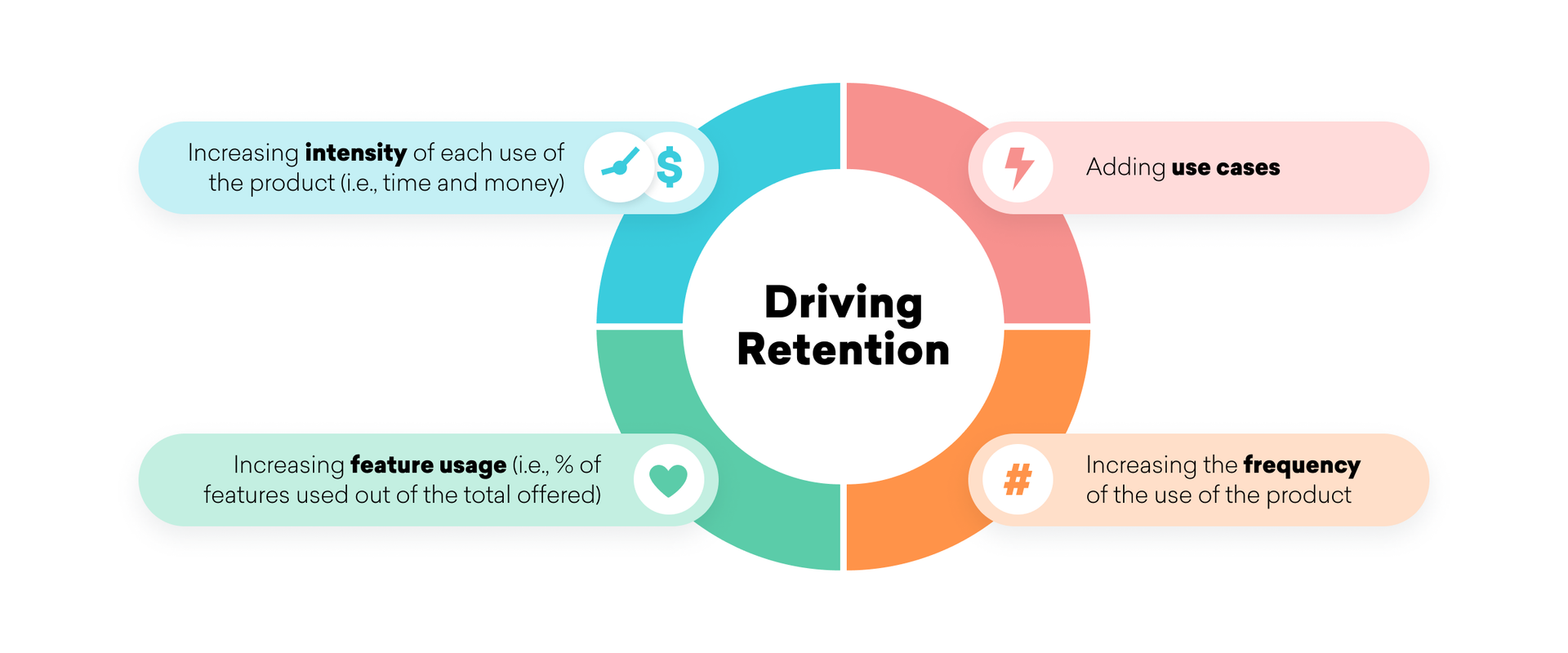
Let’s explore how companies across varying industries can deepen customer engagement through various marketing tactics.
Adding use cases: Quick Service Restaurant (QSR)
People use On Demand Food and Beverage platforms for various reasons, like ordering late night pizza or getting lunch delivered while working from home. The important thing to remember is that users typically start by engaging with one use case, such as ordering dinner every Sunday. Great customer engagement strategies will assess a user’s behavior and nudge them to expand their use cases.

Leading delivery brand Just Eat was looking for ways to encourage stronger, more sustainable customer relationships. They made that happen by creating informed, personalized customer journeys with communications sent at the right time, across the right channels. Leveraging dynamic content personalization and a comprehensive customer journey management tool, Just Eat boosted their click-to-open rate by 31% and increased orders by 5%.
Increasing frequency: Health & Wellness
Many health and wellness brands have customers who are weekly active users, but using that lens to assess customer health can have its downsides—for one thing, it treats a user who does a core action once a week the same as a user use carries out a core action every day.
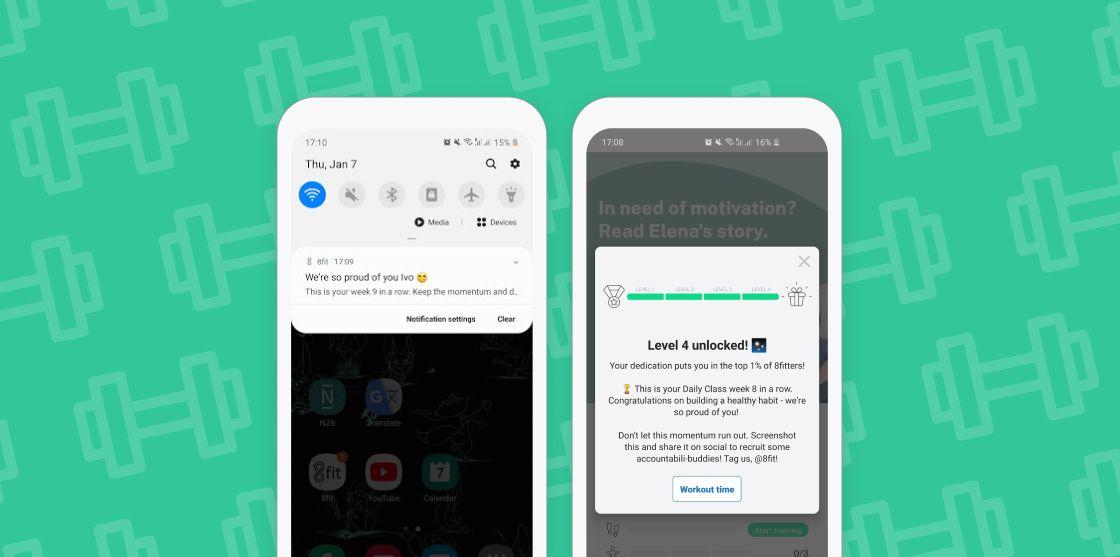
Fitness and nutrition app 8Fit recognized that in order to improve their engagement and retention, they needed to increase the frequency of users performing the desired core action, which in this case was signing up for a class. By leveraging a brilliant gamification strategy and highly personalized messaging, 8Fit saw significant increases in engagement and conversion metrics across the board. Weekly class views went up by 40%, with a corresponding 17% increase in weekly class completions. What’s more, conversions of free users to paid users rose to 13%, driving a measurable impact to the bottom line.
Increasing feature usage: EdTech
Educational platforms often have different depths of feature usage and learning modules. Take language app Busuu for example: User A might want to learn conversational German in preparation for a trip to Berlin while User B is committed to speaking fluent Spanish since her mother-in-law doesn’t speak English.
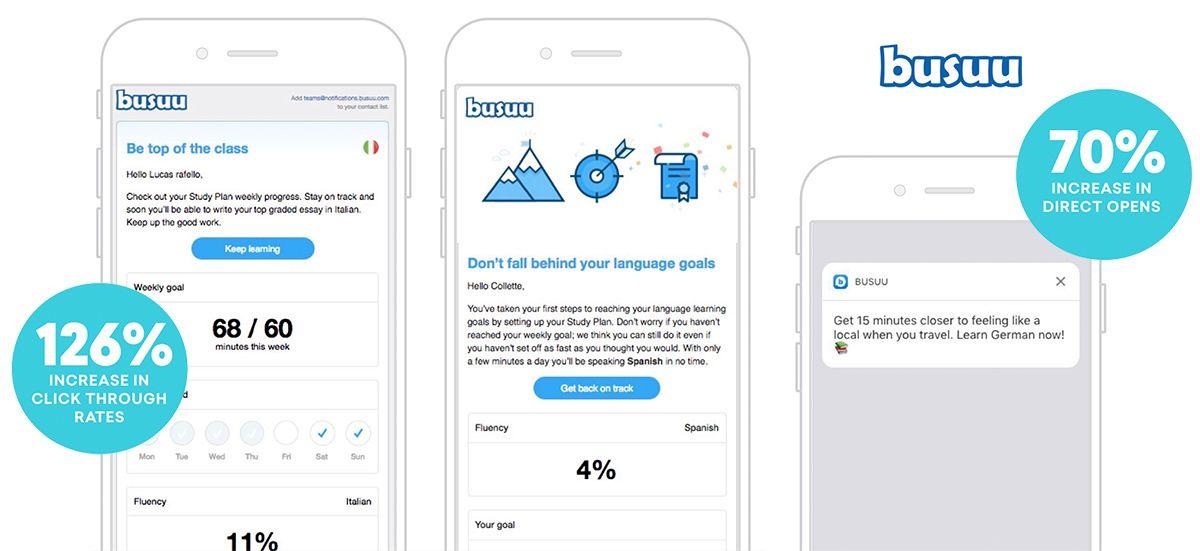
Busuu recognizes that sticking with a language learning program can be challenging, so that’s why they created a Study Plan for their users that included a timetable, reminders for a session, and estimated completion dates that update based on each user’s progress. By encouraging customers to fully adopt this new feature, they have seen a 70% increase in direct opens compared with other push notifications. The company also saw a 93% increase in open rates for weekly progress emails compared with other engagement emails.
Increasing Intensity: Dating Apps
Generally, there are three different forms of intensity: Time, money, and actions. Let’s illustrate “sending likes” as a core action commonly seen with dating applications like Hinge. For a given session, one user might send three likes times, whereas another might send 30. Both users would be considered retained, but the intensity associated with their execution of the core action varies significantly. Hinge also recognized that users naturally hit a frequency sweet spot; in other words, if intensity increases by too much, the value to the customer will likely decrease over time because of frustrations over not finding their match.
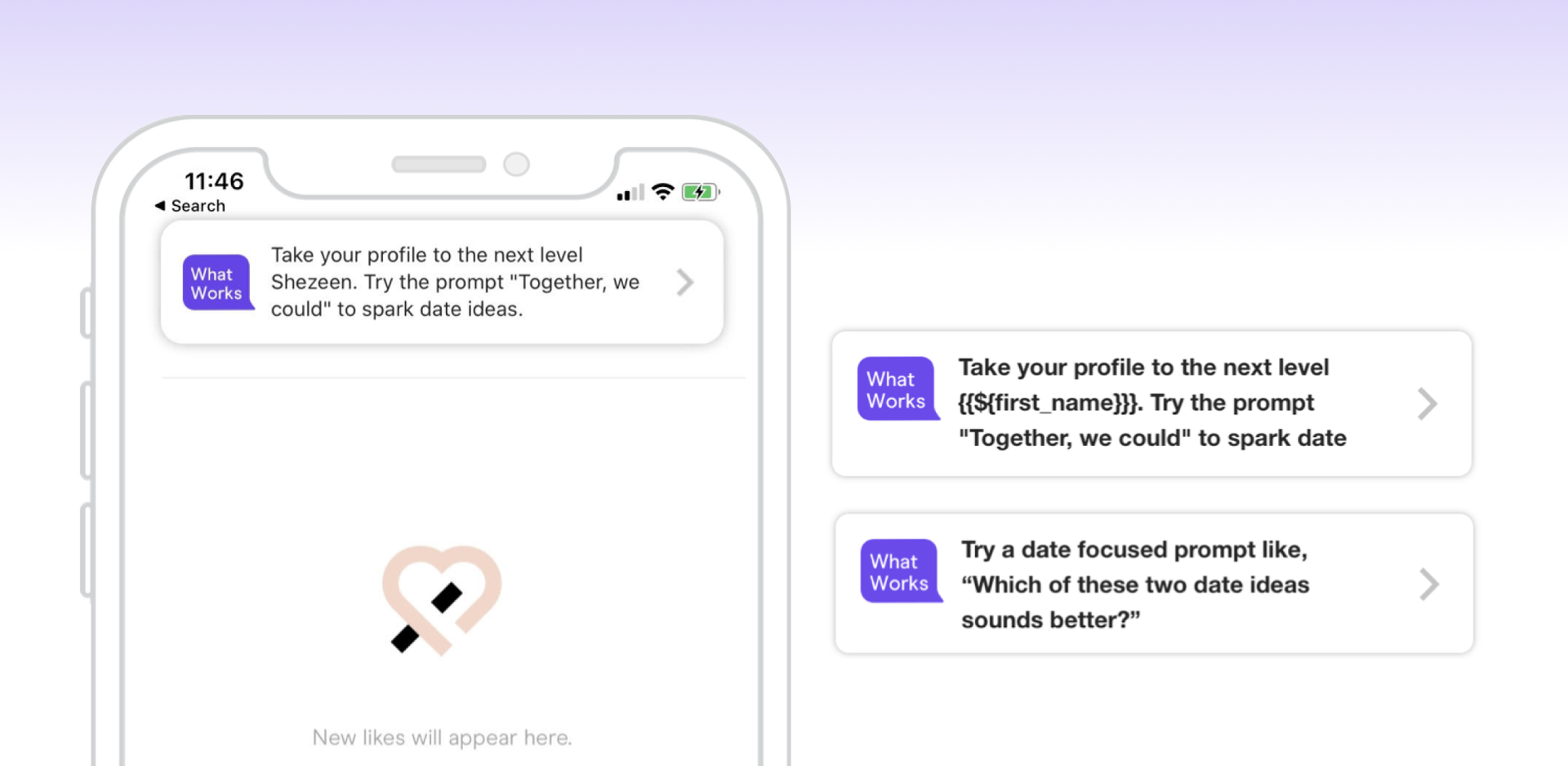
To tackle this unique engagement dilemma, Hinge launched and promoted its “Most Compatible” campaign, which uses a Nobel Prize-winning algorithm to pair users every 24 hours with people they’re most likely to connect with, based on preferences and activity within the app. According to Hinge, the “Most Compatible” campaign led to click-through rates soaring to 200%, with users being 8X more likely to go out on dates with their “Most Compatible” matches. By using Braze to build creative messaging campaigns with data-focused experimentation, Hinge ensures users engage with the app in a more intensely intimate, effective way.
Final Thoughts
Setting an engagement strategy is a crucial step in improving customer retention and driving sustainable, long-term growth. It’s important to keep in mind that every company is different and every campaign is different, so embracing testing and experimentation is key.
To learn more about customer engagement best practices across industry, check out the 2021 Global Customer Engagement Review.
Related Tags
Releated Content
View the Blog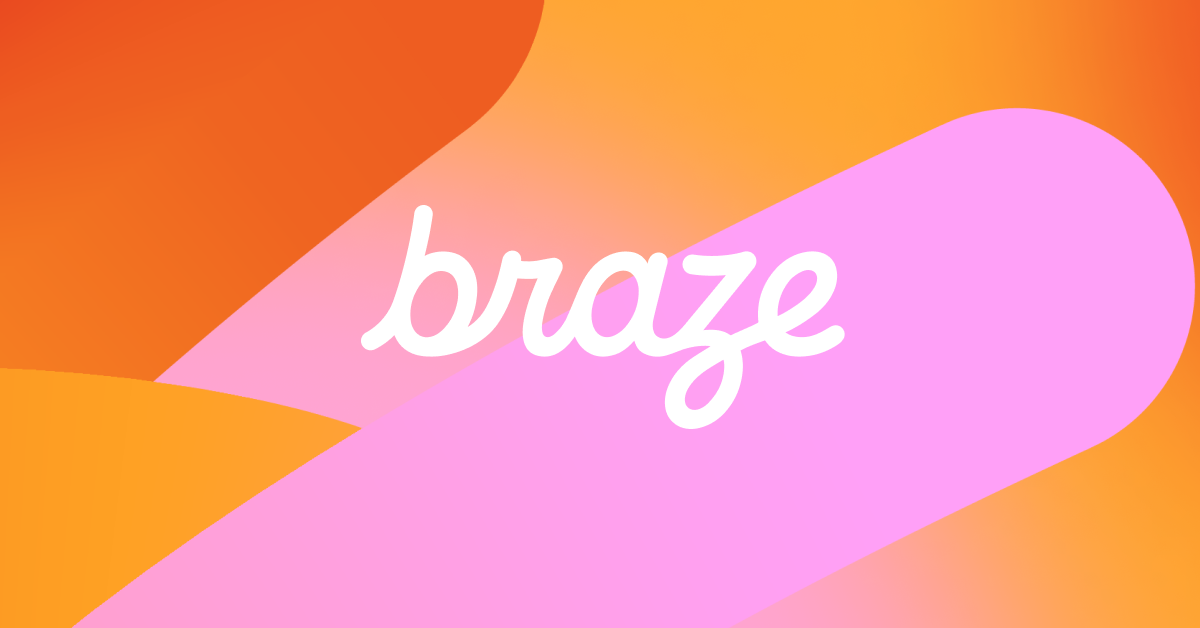
2025 Braze year in review: Major moments, milestones, and evolutions
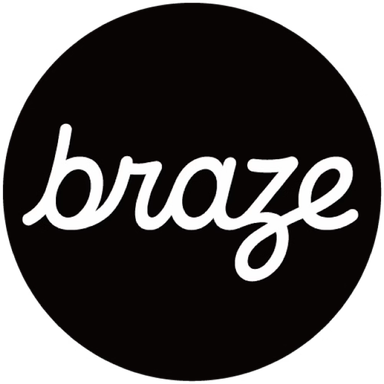
Team Braze
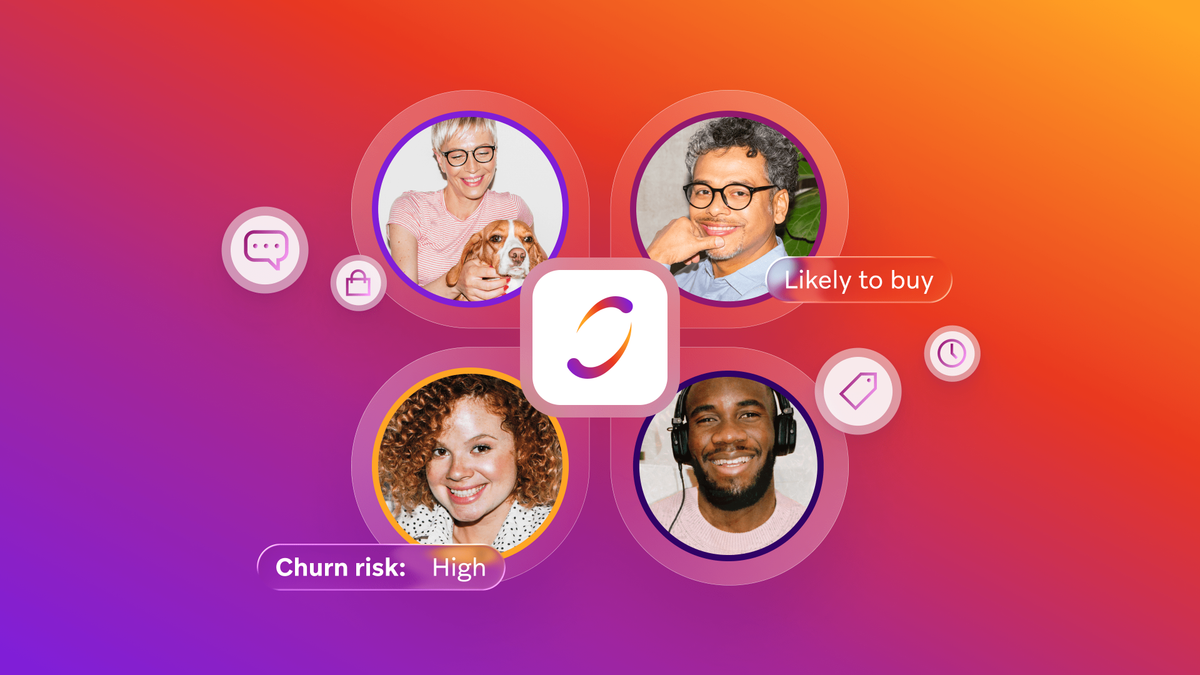
AI customer segmentation: Smarter targeting through predictive insights

Team Braze

SMS vs. MMS vs. RCS: Choosing the right messaging channel for modern engagement
